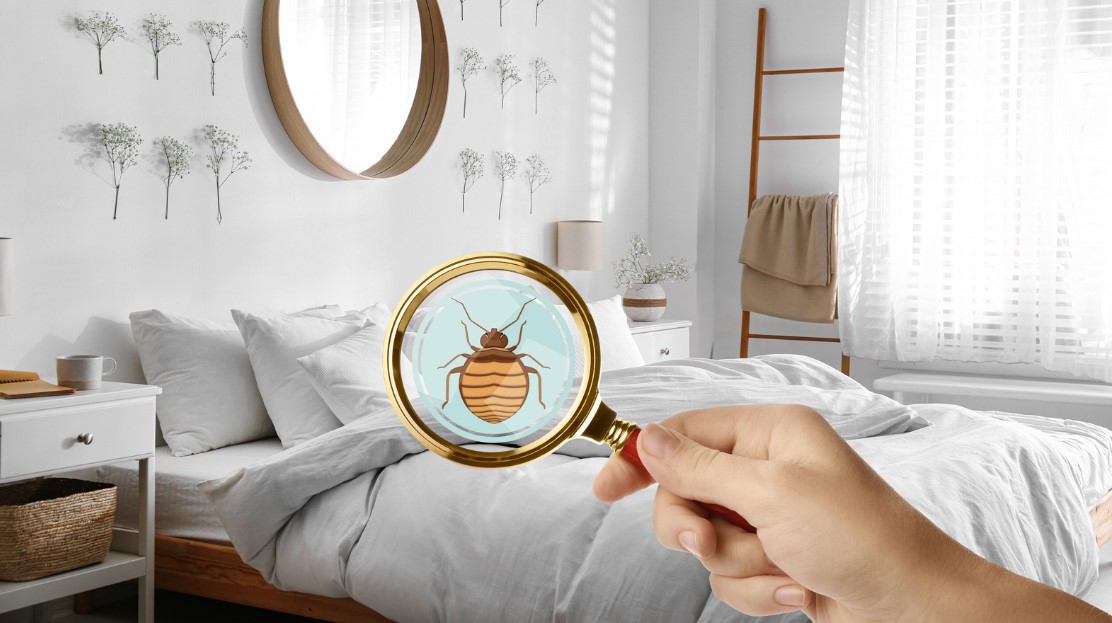Are you tired of waking up with itchy red bites on your body? Well, you might be dealing with an unwelcome house guest – bed bugs! These tiny pests are not only annoying but also a major health concern. If you’re wondering how to get rid of bed bugs and reclaim your peaceful sleep, look no further.
In this guide, we’ll explore the causes of bed bug infestations, effective removal methods, prevention tips, and when it’s time to call in the professionals. Say goodbye to those pesky critters once and for all!
What are Bed Bugs?
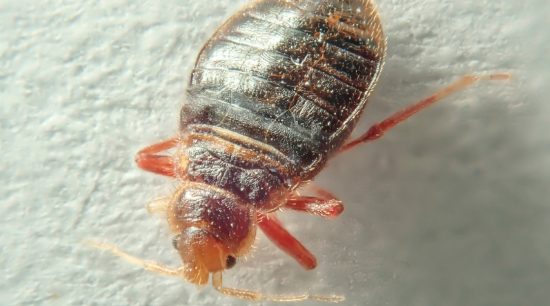
Bed bugs, scientifically known as Cimex lectularius, are small parasitic insects that feed on the blood of humans and animals. These nocturnal pests are about the size of an apple seed and have a flat, oval-shaped body. Their reddish-brown colour allows them to blend in easily with furniture, bedding, and other household items.
Unlike some other pests, bed bugs do not fly or jump but crawl at a steady pace. They can quickly infest your home by hitching rides on luggage, clothing, or used furniture. Once inside your abode, they seek out hiding spots near their food source!
Bed bug bites often go unnoticed initially because they inject an anaesthesia-like substance into the skin before feeding. However, red welts may appear accompanied by intense itching after a few hours or days. While these bites aren’t known to transmit diseases directly to humans, they can cause significant discomfort and sleep disturbances.
What Causes Bed Bugs?
The main cause of bed bug infestations is usually through the introduction of infested items into a space, such as
- Travel: The most common way bed bugs spread is through travelling and bringing them home unknowingly. They can hitchhike on luggage, clothing, and even used furniture picked up from hotels, motels, or public transportation.
- Secondhand Furniture: Buying used furniture without proper inspection can introduce bed bugs into your home. They can hide in crevices and seams, waiting for an opportunity to feed.
- Shared Living Spaces: In apartment buildings or dorms, bed bugs can easily travel between units through walls, cracks, and shared spaces like laundry facilities.
- Visitors: Guests who unknowingly have bed bugs in their belongings can unintentionally bring them into your home.
- Public Places: While less common, bed bugs can be found in movie theatres, libraries, and even public transportation. Be mindful of placing your belongings directly on surfaces in these areas.
How to Identify a Bed Bug Infestation?
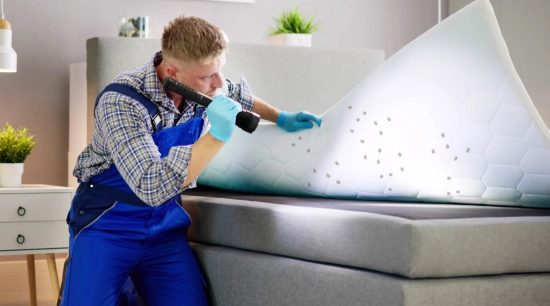
Bed bugs are sneaky little creatures that can quickly invade your home and disrupt your sleep. Identifying a bed bug infestation early on is crucial in order to take prompt action. But how do you know if you have a bed bug problem?
- Itchy, red bites appear in clusters on your body.
- Brownish stains or spots on bedding indicate faecal matter left behind.
- Translucent eggs or discarded exoskeletons around mattress seams or furniture.
- Use a flashlight to inspect corners and crevices for live bugs hiding meticulously.
Remember that identifying a potential infestation requires thorough inspection and vigilance, as these pests are experts at hiding in cracks and crevices during daylight hours.
How to Get Rid of Bed Bugs?
Getting rid of bed bugs can indeed be a challenging task, but with diligent and comprehensive treatment, it’s possible to eliminate these pesky pests. Here’s how you can tackle the problem effectively:
Identify the Infested Areas
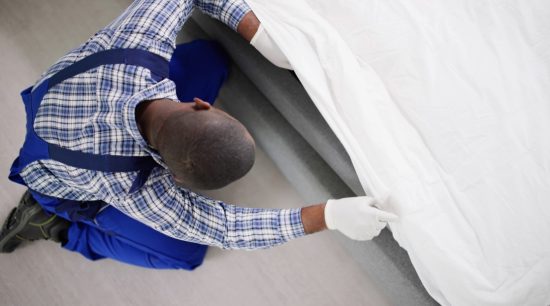
Begin by conducting a thorough inspection of your mattress, box springs, bed frame, headboard, and any nearby furniture. Look out for live bugs, shed skins, eggs, or dark spots on the bedding and surfaces. Take your time to ensure no hiding spots are missed, as thoroughness is key to effective treatment.
Wash and Dry Infested Items
Once identified, remove all bedding, linens, and clothing from the affected area and launder them in hot water, preferably above 130°F (54°C). Follow up with high-heat drying for at least 30 minutes to eradicate both bugs and eggs. Be sure to wash and dry these items separately from uncontaminated ones to prevent reinfestation.
Vacuum Regularly
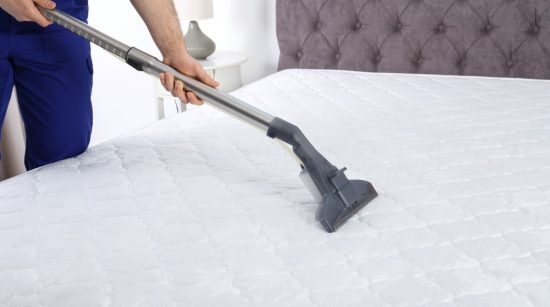
Employ a vacuum with a crevice tool and brush attachment to meticulously clean all infested areas, paying close attention to seams, crevices, and cracks in the mattress, box springs, bed frame, and surrounding furniture. After vacuuming, promptly dispose of the vacuum bag or empty the canister in a sealed plastic bag outside your home. Vacuuming should be repeated frequently to catch any newly hatched bed bugs.
Seal Cracks and Crevices
Utilize caulk to seal any openings in walls, baseboards, and furniture where bed bugs might be harbouring. This prevents their spread and escape during treatment, ensuring that the bugs are effectively contained and eradicated.
Apply Residual Insecticides
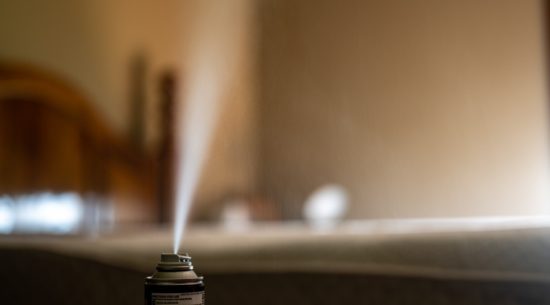
Seek guidance from a professional pest control company or utilize an EPA-approved insecticide according to the instructions. Administer the insecticide to areas where bed bugs are likely to hide, such as cracks, crevices, and voids. Reapply the insecticide as necessary to maintain its efficacy and prevent reinfestation.
Use Mattress Encasements
Invest in specially designed bedbug-proof covers to encase your mattress and box springs. These encasements trap any remaining bugs inside and thwart new infestations from taking hold. Ensure that the encasements are tear-resistant and securely zippered to prevent bed bugs from escaping.
Reduce Clutter
Streamline your bedroom by removing unnecessary items, as bed bugs thrive in cluttered environments. Decluttering not only eliminates potential hiding spots for bed bugs but also makes it easier to inspect and treat infested areas effectively.
Steam Clean
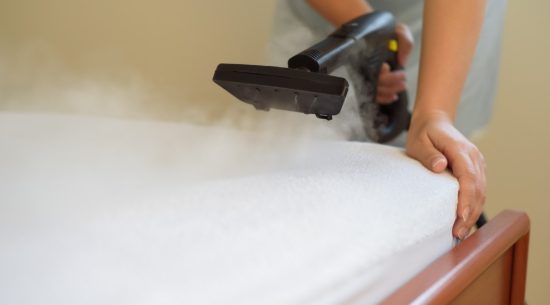
Employ a steam cleaner to treat infested areas, as the high temperatures effectively kill bed bugs and their eggs. However, ensure adherence to the manufacturer’s guidelines to prevent damage. Steam cleaning is particularly effective for treating upholstered furniture, carpets, and curtains, where bed bugs may hide.
Monitor and Repeat Treatments
Stay vigilant for any signs of bed bugs and repeat treatments as needed. Given their resilience, persistence is crucial in eradicating them entirely. Monitor infested areas regularly for any signs of bed bug activity, such as live bugs, shed skins, or faecal stains, and treat accordingly to prevent reinfestation. Regular follow-up inspections and treatments may be necessary to ensure complete eradication and prevent future infestations.
Remember, severe infestations may necessitate professional intervention. Consulting a licensed pest control professional can provide expert guidance and assistance in effectively exterminating bed bugs, especially in cases where DIY methods prove insufficient.
How to Prevent Bed Bug Reinfestation?
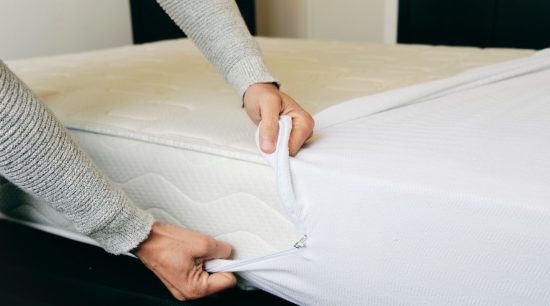
Preventing bed bug reinfestation requires proactive measures and ongoing vigilance. Here are some steps to minimize the risk:
- Inspect secondhand items: Check used furniture, mattresses, and clothing for signs of infestation before bringing them home.
- Clean and declutter regularly: Keep your space tidy to reduce hiding spots for bed bugs. Vacuum frequently, focusing on seams and crevices.
- Use protective covers: Encase your mattress and box springs in bed with bug-proof covers to prevent infestations.
- Be cautious while travelling: Inspect hotel rooms thoroughly and use protective luggage covers.
- Launder clothing promptly: Wash and dry clothes in hot temperatures after returning from trips.
- Avoid sharing personal items: Refrain from sharing clothing or bedding to prevent potential bed bug transfer.
- Monitor regularly: Keep an eye out for signs of bed bugs and take prompt action if detected.
By following these steps consistently, you can lower the risk of bed bug reinfestation and maintain a pest-free environment.
When to Call a Professional Exterminator?
Calling a professional exterminator for bed bug infestations is recommended in several scenarios. Firstly, if you have attempted DIY methods, but the infestation persists or keeps recurring, it may be time to seek professional help. Bed bugs are notorious for their ability to hide and survive, making them challenging to eliminate completely without the expertise and resources of a professional.
Additionally, if the infestation has spread to multiple rooms or areas of your home, it indicates a more severe problem that requires professional intervention.
Moreover, if you are still determining the identification of the pest or the extent of the infestation, a professional exterminator can provide an accurate assessment and develop an effective treatment plan tailored to your specific situation.
Lastly, for individuals with allergies, asthma, or other health conditions, it is advisable to consult a professional, as they can safely handle the chemicals and ensure proper ventilation during treatment while minimizing health risks.
The Cost of Getting Rid of Bed Bugs

The cost of eliminating bed bugs varies depending on the method chosen. Here are some options:
- Dry steaming: High-temperature steam treatment costs approximately £298.70.
- Chemical sprays: Insecticide sprays cost around £267.80 for treatment.
- Heat treatment: Exposing infested areas to high temperatures costs about £545.90 on average.
- DIY high heat washing: Washing bedding and clothing with hot water and high heat drying costs around £10.30.
Prices may vary based on factors like home size and infestation severity. Consider the effectiveness and cost of each method before deciding on the best approach for your situation.
Conclusion
In conclusion, getting rid of bed bugs may seem like a daunting task, but with the right techniques and persistence, it is possible to eliminate them from your home. It is important to act quickly at the first sign of an infestation and use a combination of methods such as cleaning, vacuuming, heat treatment, and professional help if necessary.
By following these steps and taking preventative measures in the future, you can successfully get rid of bed bugs and ensure a peaceful sleep environment for yourself and your family.
FAQs – How to Get Rid of Bed Bugs?
1. Can bed bugs go away on their own?
No, bed bugs, unfortunately, will not go away on their own. They are persistent feeders and can survive for months without blood meals. In fact, leaving an infestation untreated will only allow them to multiply and spread further. Early detection and intervention are crucial for successful elimination.
2. What are the first signs of bed bugs?
Common early signs of bed bugs include:
- Waking up with itchy bites, often in clusters on exposed skin areas.
- Tiny bloodstains on bedding or furniture.
- Dark spots or rust-coloured stains on mattresses, bed frames, or walls (bed bug excrement).
- A sweet, musty odour, especially in infested areas.
- Shed bed bug skins or casings.
- Live bed bugs (small, reddish-brown, oval-shaped insects).
3. Do all mattresses have bed bugs?
No, not all mattresses have bed bugs. However, mattresses are a prime hiding spot due to their proximity to sleeping humans. Bed bugs can also be found in other furniture, clothing, luggage, and even behind wall cracks. Inspecting your entire bedroom and surrounding areas is crucial for thorough detection.
4. Can you see bed bugs on your mattress?
You might be able to see adult bed bugs on your mattress, especially in severe infestations. However, they are nocturnal and adept at hiding in crevices and seams. Examining mattress seams, box springs, and bed frames carefully, including with a flashlight, is recommended.
5. Do bed bug bites look different from other insect bites?
Bed bug bites can vary in appearance and may not always be distinctive from other insect bites. However, some common characteristics include:
- They are often grouped in clusters or lines, following blood vessels.
- They can be itchy, red, and raised but may not cause immediate pain.
- They may appear on exposed skin areas like arms, legs, shoulders, and neck.
If you suspect bed bug bites, consulting a healthcare professional or pest control specialist is advisable for proper diagnosis and treatment.

